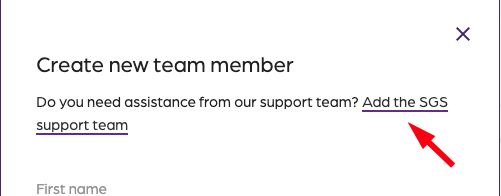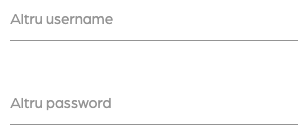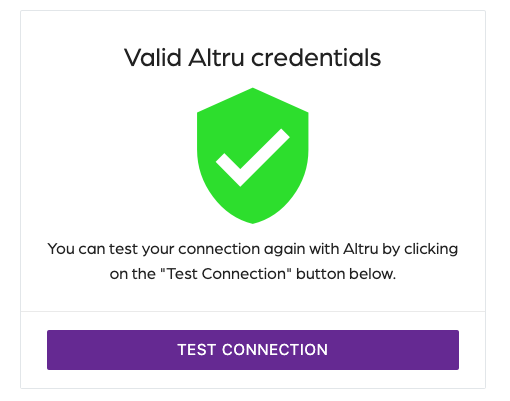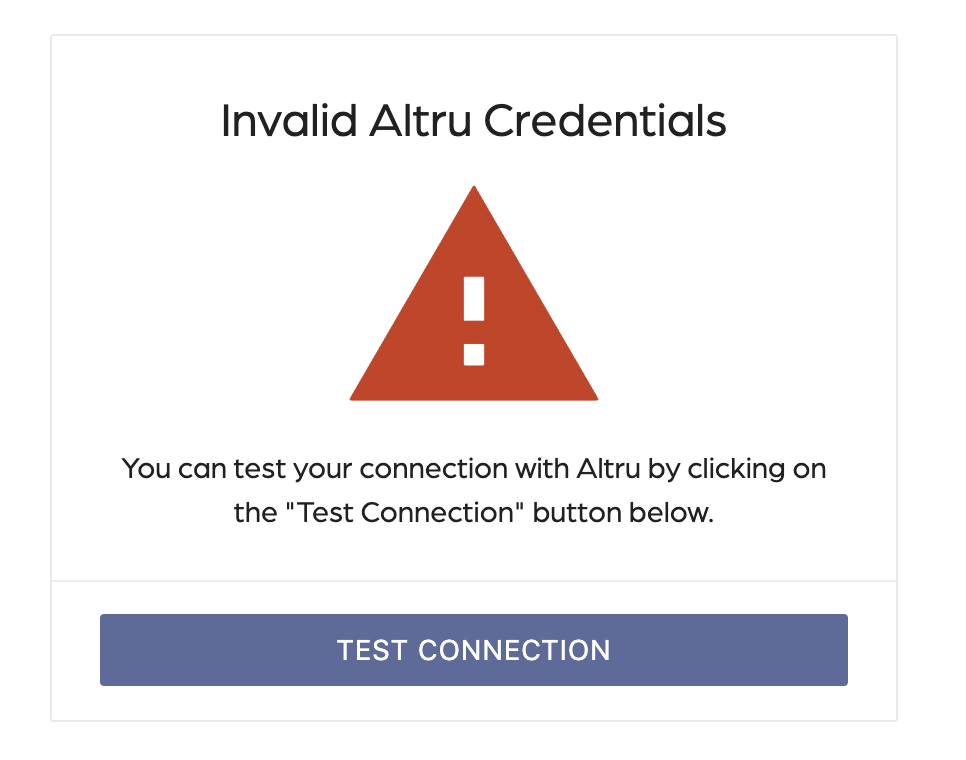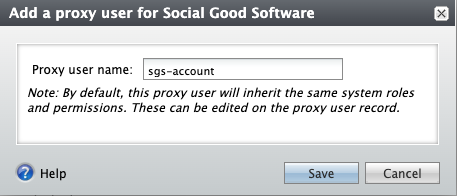You are now going to set up a domain name to send emails on behalf of your organization. You can add multiple domain names, including subdomain names, to send emails from.
Step 1: Verify domain name
- Click on the “Settings” on the left navigation.
- Click on “Account” on the top right.
- Click on “Add domain name” in the “Email domain” section.
- Click on “Verify domain name”.
- TXT, CNAME, DMARC, and DKIM are generated.
Step 2: Copy and paste
- Copy and paste TXT.
- Copy and paste CNAME.
- Copy and paste DKIM.
- Copy and paste DMARC.
If you don’t have access to the domain name registrar, request help from your IT team or system administrator. Send them the instructions using the steps below:
- Click on “Send Email”.
- Type in the Name and Email address.
- Click on “Send Email”.
Do you need to notify multiple team members? You can send an email notification once, then go back and send it again.
